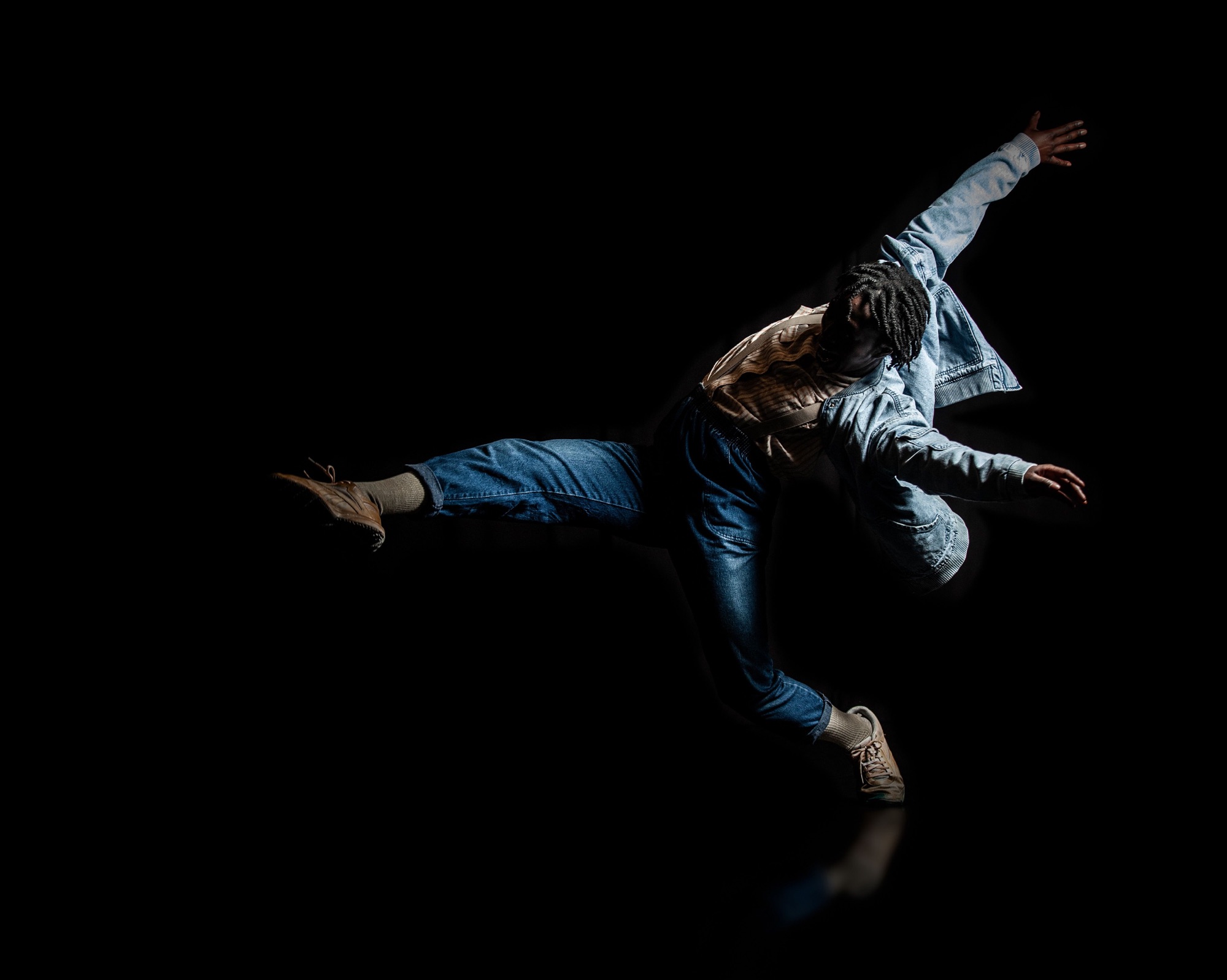Words by Francesca Matthys.
Inspired, blown away and moved are just a handful of emotions I am left with after watching Gary Clarke Company’s Detention. In the post performance discussion, Gary Clarke shares that this work, like many of his others, is a culmination of a six-month research project taken across the country, focusing on a specific subject or social cause. In this case it is Section 28.
With Pride month in the UK and in some other countries around the world, it is often common to see brands and businesses portraying very surface level celebratory campaigns, perhaps not always recognising the struggle and historic and ongoing fight that the LGBTQIA+ community endures. In the post performance discussion, Clarke mentioned how in his view this community, that he is a part of as a gay man, has always been under attack. And this work is an illustration of that, not void of the celebrations and triumphs but certainly shedding light on a hidden bill that was detrimental and damaging for many queer people growing up in the 80s.
Section 28 is a controversial law that was implemented in the UK during the 1980s to prohibit local authorities from ‘intentionally’ sharing and promoting anything about the LGBTQIA+ community. This had a damaging impact on individuals from this community, especially within the education system in the UK. This is demonstrated through the work as we witness dynamic flashbacks of young people being bullied for being queer, layered with peer pressure and internalised homophobia from school peers.
This iteration of the work is co-created and performed by a collective of dancers and community cast members, allowing for a rich and intergenerational offering. As we are introduced to this collective, it becomes evident that part of the potency of this work is its authentic interweaving of stories as well as intersecting social causes, namely the fight against Section 28 as well as the 1980s UK miners’ strikes. Clarke mentions that it is his desire to get as close to the real thing as possible, with the performers sharing how their own stories of their queer identities and histories have been integrated into the work.
There is a beautiful synergy seeing the community cast of people, some most who grew up under Section 28, witnessing the dancers move in the space almost as if to witness past versions of themselves, almost as if reflecting on the past and how far the fight for visibility and equality has come.
The reflection on this complex timeline of events progresses through the use of text in the form of monologues and dialogue that is embedded with both emotion and historical fabric. The throughline of characters calling ‘Switchboard’ the second oldest hotline for LGBTQIA+ individuals in the UK, with their stories of homelessness, rejection and being outed for their queerness, offers dramaturgical continuity as well as intersecting with the political landscape of the work. In conversation with this is Clarke’s choreography that is dynamic, gritty, asking of the bodies onstage to earnestly reckon with the reality of what queer bodies like themselves or their loved ones had to endure.
Alongside this, the work offers moments of short films; strikingly one depicting Margaret Thatcher as a psychedelic bulldozer.
I found it fascinating how the work shifted through multiple registers and mediums of expression to explore this political and charged topic. This interdisciplinary expression is incorporated right from the beginning of the work as choreographer Clarke prompted performers to contemplate how each historic artefact translated into the body.
Detention, very simply put, is a powerful piece of activism that illuminates a painful yet potent history of this country. Through its storytelling, characterisation, choreography and aesthetics, it asks us to sit up, be present and consider how, like the cast, we may come together in solidarity for not only this social cause but so many others. In the spirit of community cast member Mike Jackson’s words ‘If you are an activist, you tend to be an activist for everyone’.
Header image by Joe Armitage. Image description: Black dancer in jeans and denim jacket, with leg kicked up in front and arms raised behind.
